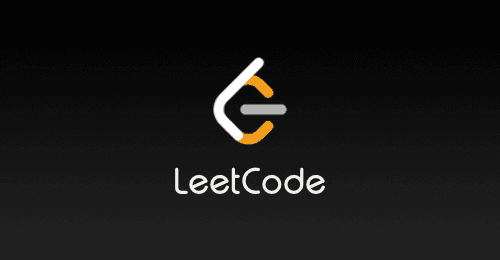LeetCode Top Interview 150: Problem 88 Merge Sorted Array
Today, we're diving into a popular interview question frequently encountered on LeetCode: Merge Sorted Array.

Welcome to another coding journey! Today, we're diving into a popular interview question frequently encountered on LeetCode: Merge Sorted Array. The task is simple but tricky; merge two sorted arrays into one sorted array. The challenge often catches people off guard when it comes to handling edge cases and ensuring optimal efficiency.
Here's a quick summary of the problem statement:
Given two integer arrays nums1 and nums2, sorted in non-decreasing order, and two integers m and n, representing the number of elements in nums1 and nums2 respectively, merge nums2 into nums1 making nums1 a single sorted array.
Initial Setup
The trick here is to utilize the fact that nums1 has enough space at the end to accommodate all elements of nums2 (as specified by the problem). We'll merge the arrays from the end to the beginning to avoid overwriting elements in nums1 that haven't been processed yet.
Here's the code snippet provided:
class Solution {
public:
void merge(vector<int>& nums1, int m, vector<int>& nums2, int n) {
int i = m - 1;
int j = n - 1;
int k = m + n - 1;
while (j >= 0) {
if (i >= 0 && nums1[i] > nums2[j]) {
nums1[k--] = nums1[i--];
} else {
nums1[k--] = nums2[j--];
}
}
}
};
- Variables Initialization:
istarts at the last valid element ofnums1.jstarts at the last element ofnums2.kstarts at the last position in the arraynums1where the final element of the merged array will be placed.
- Merging Process:
- The
whileloop continues until all elements ofnums2have been considered (i.e.,j >= 0). - Inside the loop, we compare elements from
nums1andnums2from the end to the beginning. - If the current element of
nums1(nums1[i]) is greater than the current element ofnums2(nums2[j]), we placenums1[i]at positionkinnums1and decrease bothiandk. - Otherwise, we place
nums2[j]at positionkand decrease bothjandk.
- The
Why Merge from the End?
Merging from the end is a strategic move because it allows us to fill nums1 from the back, avoiding the need to shift elements to make space. This technique ensures that the merge operation is efficient, with a time complexity of O(m + n), where m and n are the lengths of the two arrays.
Conclusion
This solution is elegant in its simplicity and efficiency. It leverages the provided space within nums1, ensuring that no additional space is needed, adhering to the constraints of in-place merging.
I hope this walkthrough has shed light on the thought process behind solving the Merge Sorted Array problem and helped you understand how to approach similar problems in your interviews or practice sessions.
Stay tuned for more solutions and happy coding!
Posted by
Jethro Au
Software Engineer
Related readings
Embarking on a C++ Adventure: My Programming Journey Begins
Jethro Au
Embarking on the LeetCode Interview 150 Challenge: Join Me on This Coding Journey!
Jethro Au
Demystifying Next.js Components: Client vs. Server
Jethro Au
LeetCode Top Interview 150: Problem 88 Merge Sorted Array
Jethro Au
Unveiling the Future: Next.js in 2024
Jethro Au
My Programming Journey
Jethro Au
Navigating the Full-Stack Horizon: A Personal Roadmap for Web Development Mastery in 2024
Jethro Au